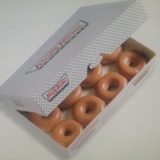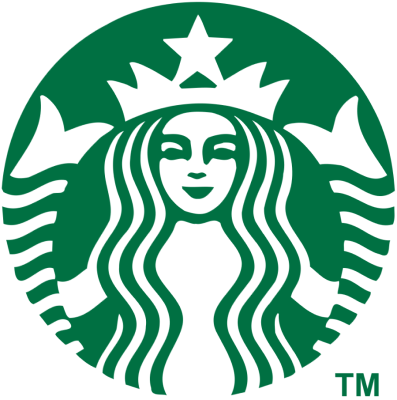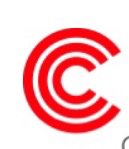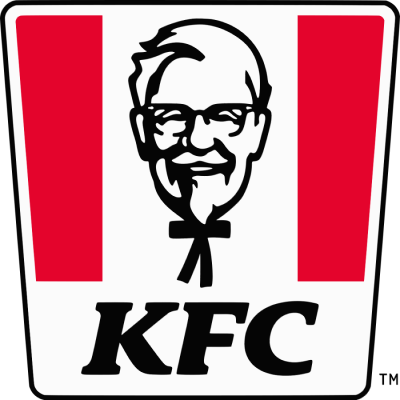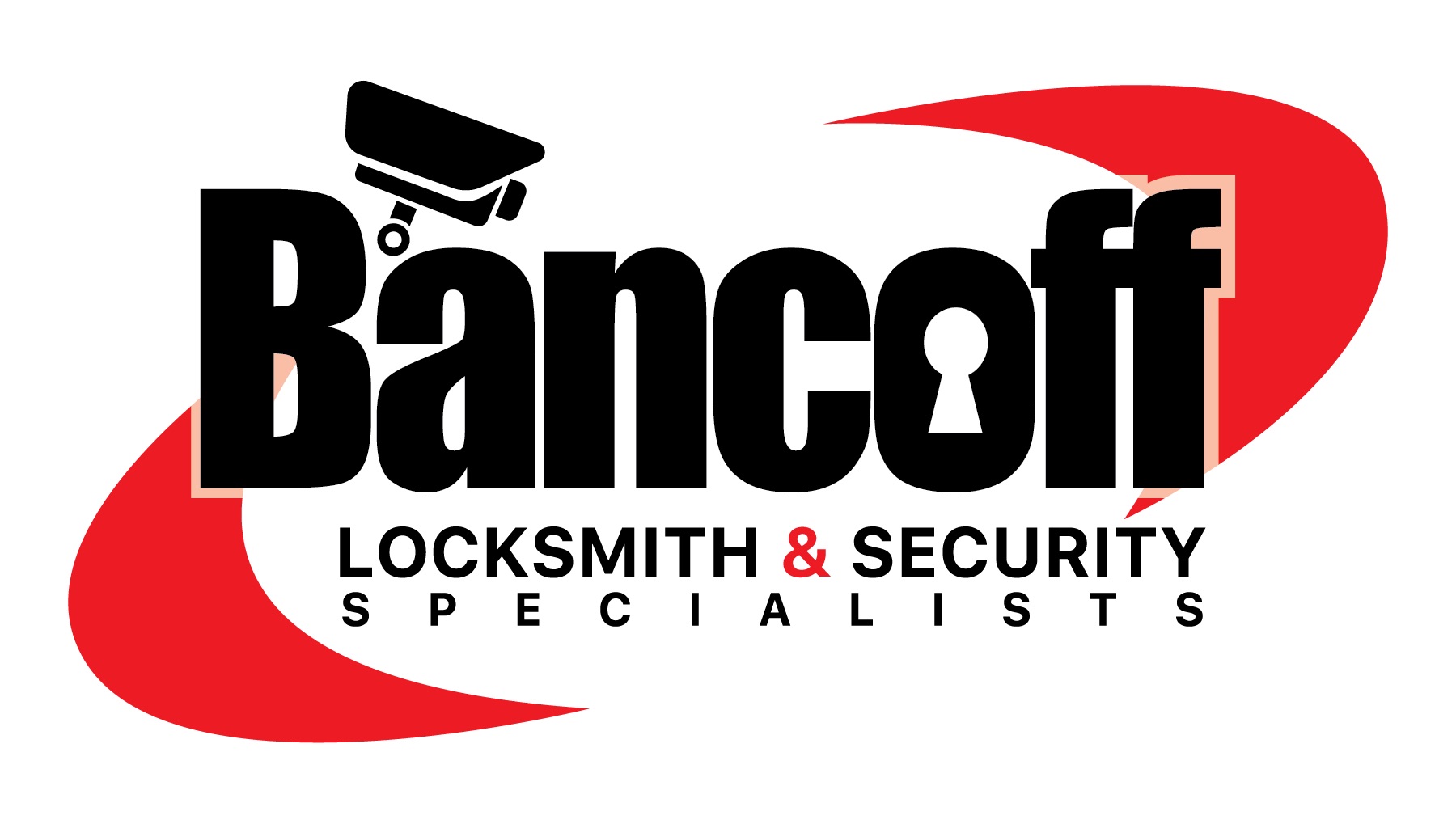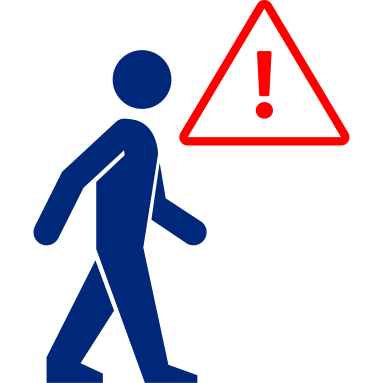Information
-
Store Location
- Len Thomas
- Fountain Gate
- Penrith
- Liverpool
- Mascot
- Logan
- Whitfords
- Logan
-
Store Manager
- Raymond Ngu
- Gary Wylie
- Sharon Ninnes
- Tahlal
- Nadeem Ashraf
- Kristen Barber
-
Conducted on
-
Completed by
- Shayne
- Jamie
- Richard
-
Manager on Duty
Equipment Check List
Auto Extruder
-
1) Check Pneumatic Hoses and connections
-
2) Check load centre blots and position
-
3) Check load cell with a steady weight
-
4) Ensure working pressure is set at 60 psi
-
5) Check and set cutters with gapping tool
-
6) Check and adjust all shell cutters
-
7) Check Lid seal on extruder
-
8) Check for loose components
-
9) Check Auto extruder control panel
Proofer
-
1) Check all bearings outside of the proofer
-
2) Check and grease internal bearings
-
3) Check and adjust proofer tray chain
-
4) Check proofer trays
-
5) Check and tong test elements
-
6) Check and service humidity tank assembly
-
7) Check and clean proofer fan and remove cover and check fan blade
-
8) Check proofer control panel
-
9) Check stripper bar and cam drives
-
10) Check Teflon guides
Fryer
-
1) Check Fryer control panel
-
2) Check all wiring and connections
-
3) Check all contactors and safety overloads
-
4) Check all connections for elements plugs and sockets tong test elements
-
5) Check fryer temperature
-
6) Check keep fill motor for direction etc) including plug socket and all hoses
-
7) Check oil level stand pipe and fryer for correct level
-
8) Check proofer and fryer for synchronization
-
9) Check all chains sprockets including conveyors etc) Bearings
-
10) Check flipper bar operation
-
11) Check temperature probe and float assembly
Glaze Conveyor
-
1) Check all bearings
-
2) Check conveyor belt
-
3) Check chains and cogs
-
4) Check motor and gearbox (Check oil)
-
5) Check all Teflon blocks
-
6) Check gap between fryer and transfer conveyor
180 Degree Curve
-
1) Check all bearings
-
2) Check conveyor belt
-
3) Check chains and cogs
-
4) Check motor and gearbox (Check oil)
-
5) Check photo sensors
-
6) Check Teflon guide
-
7) Check and clean torque limiters
Cooling Tunnel
-
1) Check all bearings
-
2) Check conveyor belt
-
3) Check chains and cogs
-
4) Check motor and gearbox (Check oil)
-
5) Check cooling tunnel operation including blower fan
-
6) Check isolation cover and operation
-
7) Check Torque limiters
Packing Conveyor
-
1) Check all bearings
-
2) Check conveyor belt
-
3) Check chains and cogs
-
4) Check motor and gearbox (Check oil)
-
5) Check Torque limiters
Quarter Barrel Mixer
-
1)Check power supply
-
2) Check for debris near tumbler shaft
-
3) Check O ring on tumbler shaft and adjust flanges if required
-
4) Remove LHS cover and visually check belts
-
5) With cover off, clean all excess grease out of cavity
-
6) Visually check bearings
-
7) Remove front cover and check wiring and inverter
-
8) Check and remove terminal cover on motor
-
9) Grease motor nipple (on top of motor)
-
10) Check timer on B cycle and record time TIME:
-
11) Change oil
Central Control Board
-
1) Check all emergency stop buttons
-
2) Check isolation switches
-
3) Check all wiring and connections including conduits
-
4) Inspect and test all overloads
-
5) Check all components for hot joints and wear
-
6) Ensure all covers and wires are neat and tidy
-
7) Check main screen and calibrate and clean
-
8) Ensure Control cabinet seals correctly and all glands are secure and tight
Line Operation
Glaze Tank
-
1. Check connection plug and socket
-
2. Check all hose connections and tighten hose clamps etc.
-
3. Check pump direction and check inside terminal block
-
4. Check probe and temperature is correct, and probe is secure check connection box
-
5. Check display is accurate
-
6. Check vessel for cracks or splits
-
7. Check and replace vessel with new oil
-
8. Check and tong test elements
-
9. Check wheels are free and turn and the unit is easy to wheel around
